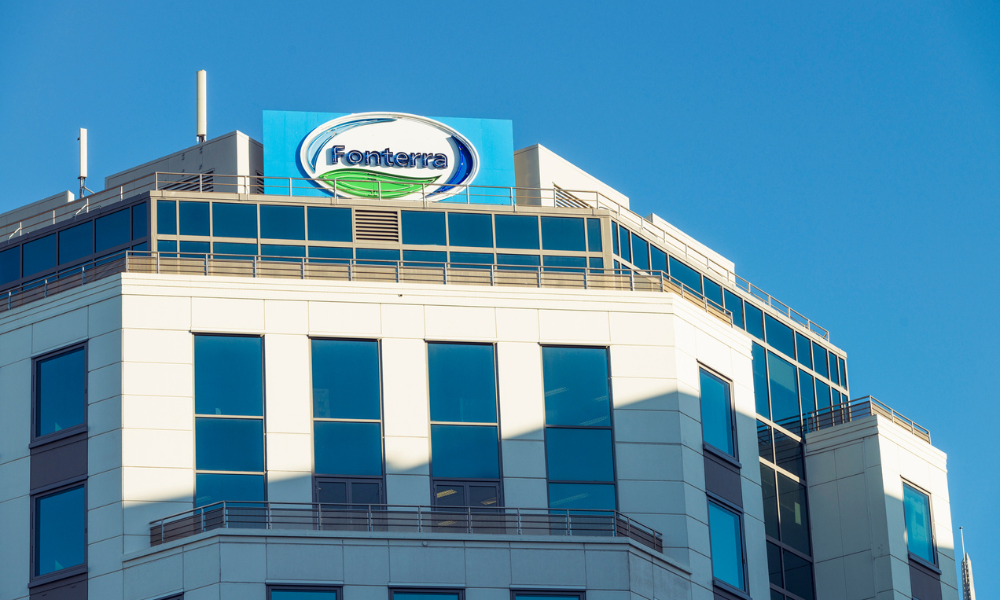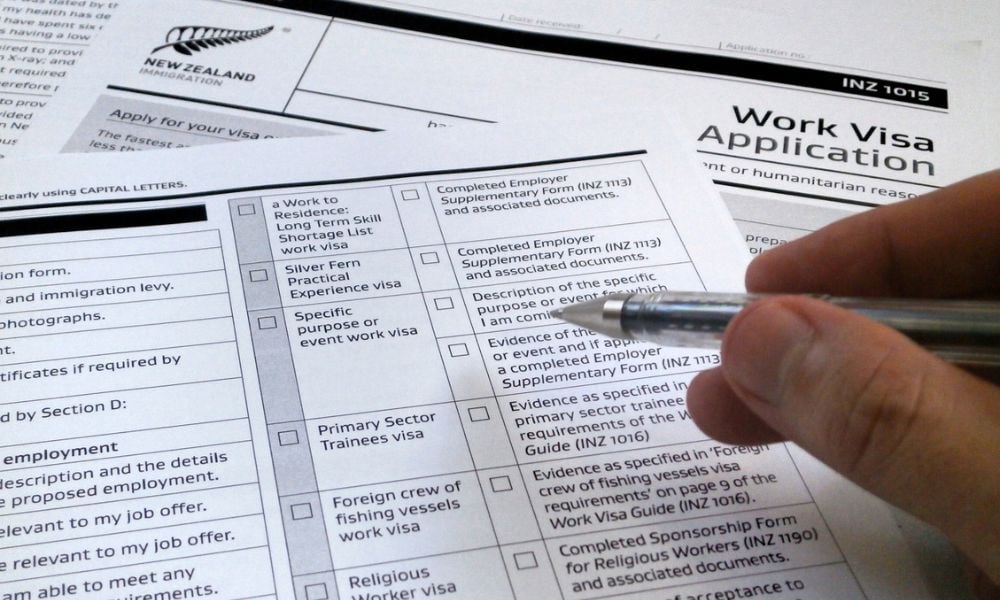After a year of WFH, have remote workers managed to strike a balance between their professional and private lives?

It’s been about a year of working from home. Initially a struggle to transition and settle into our ‘home offices’, we eventually learned to make do with whatever passed as a work setup with the pandemic raging on and a return-to-work seemingly nowhere in sight.
We quickly realised that not everyone had the luxury of a separate room to work in, so a table and chair of any sort would suffice, even if it meant sitting in the middle of your living room with your loved ones or housemates doing the same thing, trying to etch their own little corner to attend back-to-back virtual meetings or classes for school.
That same living room, which used to mainly host family time or personal downtime, was now transformed into an office, the pantry, meeting rooms, and a classroom all at once during the bulk of the week. Even if the room looked exactly the same in daylight or at night, we had to quickly ‘code switch’ between treating it as our personal and work spaces daily. The only differentiating factor being what’s on the screen you’re facing – an overflowing email inbox or a never-ending Netflix watchlist.
You then rinsed and repeated and adapted to switching between screens day in and out, with some professionals continuing to scroll through that inbox on personal mobile phones after hours – it’s just that convenient, so why not?
Read more: Year One: The big lessons of remote work
The struggles of remote work
From dealing with a crowded home, to diving headfirst into a virtual work environment, the sudden shift had left many struggling, including leaders. In a recent global study from Oracle and Workplace Intelligence, more than four in five C-suite executives (85%) reported issues with working remotely. These hurdles ranged from leaders’ lack of technical proficiency, especially when using new tools, to the absence of face-to-face collaboration. Among their concerns were:
- Problems with collaborating virtually (39%)
- Increased stress and anxiety (35%)
- Lack of workplace culture (34%)
- Difficulties learning new technology (29%)
It wasn’t just the sudden change of environment or working style that made teleworking challenging for top leaders. The disruption that swept across industries in the wake of COVID-19 also left an impact on leaders’ mental health: 53% said they faced mental health issues at work since the global health crisis began. The figure is higher than the number of employees who experienced the same (45%).
Another study by professional feedback platform Blind last year found similar results. More than seven in 10 professionals said they were suffering from burnout. The biggest setback for respondents was the lack of separation between their work and private life, followed by an ‘unmanageable workload’.
While this study was conducted early in the pandemic, the parallels between a study done about a year apart is worrying to say the least. It suggested that we may have gotten used to the dull backaches from an uncomfortable home office setup, but our mental health has deteriorated as we continued to toggle between work and rest time within the confines of the same four walls.
Read more: How to manage mental health in the C-suite
How can leaders find work-life balance?
To add to the list of struggles, navigating a pandemic as a leader is no mean feat. In reality, crisis or not, being a leader with responsibilities resting on your shoulders at work and at home can be stressful all the same. The situation can get worse if you’re just naturally a go-getter, like Jessica Simpson, HR director at Amgen Singapore Manufacturing, who shared with us that juggling it all has been a challenge all these years.
“It’s been frankly a challenge for me throughout my entire career because I just don’t like to say ‘no’,” said Simpson. “I don’t like to not complete things when I leave at the end of the day and I’ve had to really shift my thinking around that.”
But finding the ideal sweet spot between work and personal life wasn’t something she only started tackling during the pandemic, as she’s always had to tend to a career as well as being a mum of three kids. “I really do try to strive for work-life harmony, but I don’t always achieve it,” she told HRD. “I do know now, where possible, to try and make sure that family always comes first.”
She learned this through her 13 years at Amgen with support from the company as well as her team. Other leaders at the company also role-modelled the same by putting family first while also working hard when on the job. “Work will always be there, but family comes first,” she said. “If there’s an emergency or if there’s something special going on with my kids, I will always prioritise it.”
Read more: Why technology can harm your work-life balance
Those lessons about learning to manage the push and pull between work and personal has helped her through the pandemic. Regardless, working from home was still a learning curve, and it’s taught her even more in her constant quest for balance in her life.
At the beginning of the pandemic, she used to lock her door when she worked to make sure her kids wouldn’t come in the room during her work hours. “I wanted to show that I was working but the reality was I quickly saw that my work and life were blending more than ever,” she said. “I also realised that it was important to be a role model for other staff and leaders that this is what life is right now.”
She then decided to leave her doors open and to let her children come in and ‘hang out’ or say ‘hi’ to co-workers during meetings. It took the edge off her work-from-home experience and taught her to embrace vulnerability as a leader.
“It was an important thing as it helps my kids see what I’m doing all day in the room and give them perspective,” she said. “It also helps my work understand that I have three kids and am trying to balance it all. It’s not perfect but I think just being open and honest and being true to yourself is what’s important.”
Read more: Toxic Taboos: Why the stigma around mental health?
How to manage your stress levels
Another leader we spoke to didn’t just have to learn to transition to remote working, she joined the company in May 2020, right smack during lockdown, so she’s been working from home from day one of the job. As an HR leader, Yvonne Teo, VP HR (APAC) at ADP said she did miss having face-to-face meetings. However, she’s found that having the video on during calls really helped her as she got to ‘meet’ her new co-workers.
Just like Simpson, Teo mentioned family as a focal point and a source of support for her throughout her career. She also shared that it’s important to take breaks while working remotely, especially since you’re working in isolation. What helps her ease her stress levels is taking daily walks with her dogs. “It’s important to find something that you enjoy,” she told HRD. “And [remote work] helped me realise that I have got very simple pleasures. I feel happy when I take a walk with my dogs at the park just behind my house.
“I think right now what really helps to take my mind off work for a while is my family, and spending time with my dogs and friends.”








